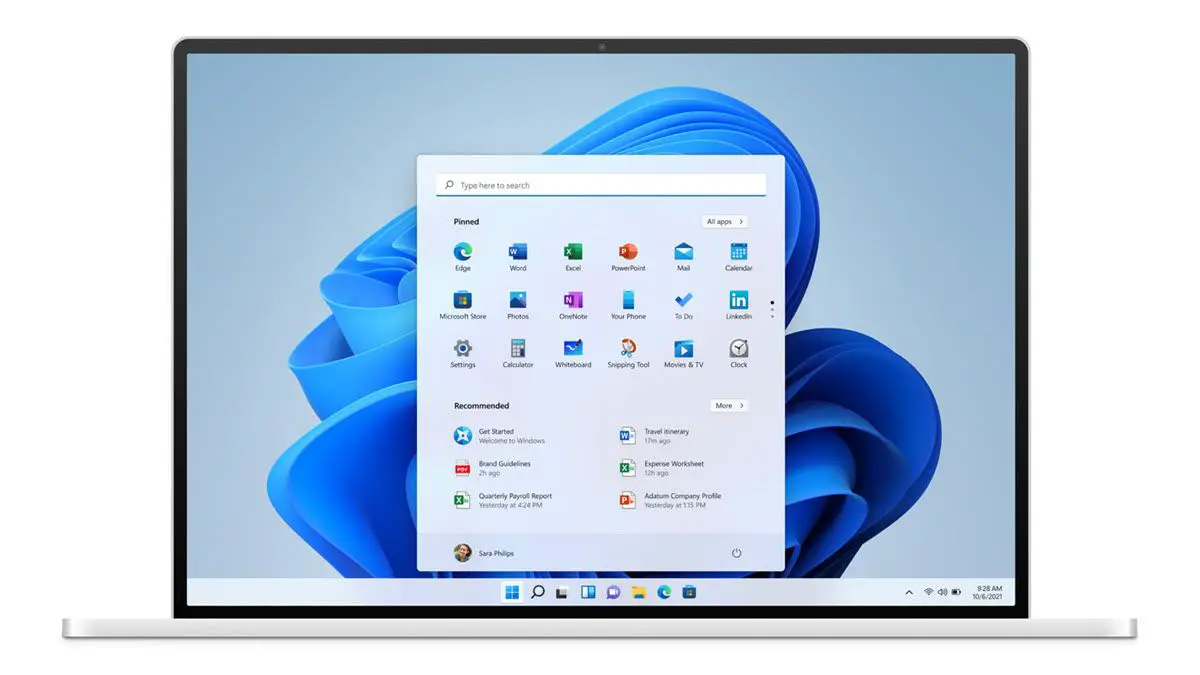The presentation of Windows 11 aroused much interest around the world, although the compatibility tool offered by Microsoft left millions of people disappointed, who saw the impossibility of installing Windows 11 on their old computer.
The little program in question had errors and showed more negatives than it should, but even so, it is necessary to have a relatively modern computer, 64-bit machines with TPM 2.0.
The funny thing is that even some of Microsoft’s Surface machines won’t run Windows 11, but there are some tricks we can do to circumvent some limits.
It’s true that the 64-bit thing there’s no way around it, 32-bit machines will never be able to run it, but the TPM 2.0 thing can be circumvented.

Inside their Windows 11 June 2021 minimum hardware requirements PDF is the sentence:
Upon Microsoft’s approval, OEM systems for special purpose commercial systems, custom orders, and customer systems with a custom image do not need to ship with TPM support enabled.
Lawrence Abrams of Bleeping Computer has seized on this detail. He has published an article where he shows the creation of a new LabConfig key and the configuration of the DWORD values BypassTPMCheck, BypassRAMCheck, and BypassSecureBootCheck to bypass compatibility checking.
In another article, Zachary Wander at Android XDA has four more approaches that are described in depth. His first approach is to manually sign up for the developer channel. That, in theory, should allow you to install Windows 11 on unsupported machines. He also recommends signing up for the developer channel, but instead of with a registration trick, by running a Github script. The third thing he recommends is to build a hybrid USB installer. You’ll be downloading ISOs, burning images to USB sticks, hacking registry entries, and more, but it will get there in the end. The last trick is to go into the Windows 11 ISO file and remove a compatibility check file.
The bad news is that these tricks only work for the current trial version of Windows 11, it is possible that they will not work when the real version of the operating system is shipped, although others may already exist by then.





